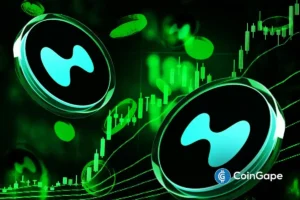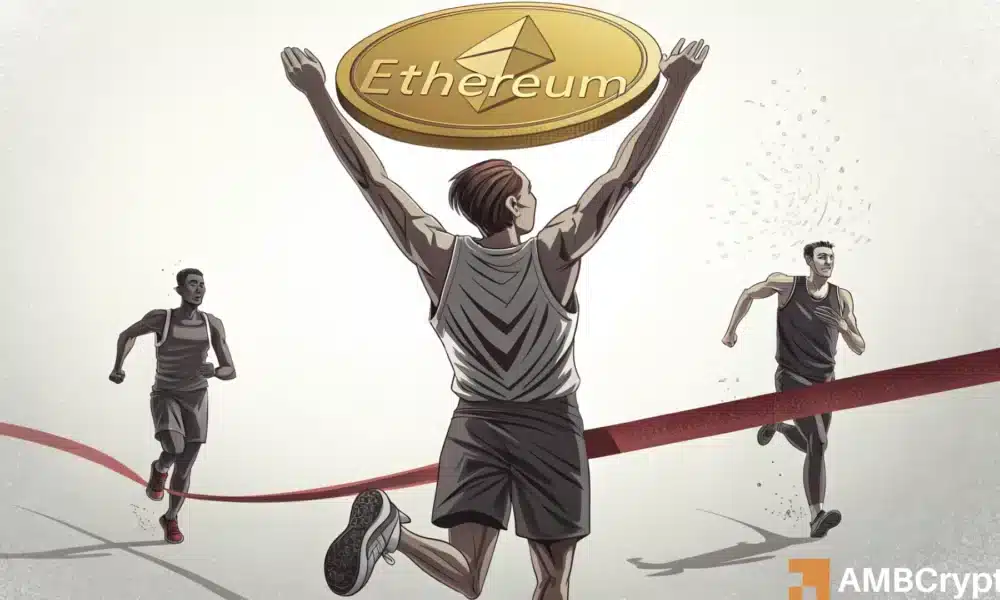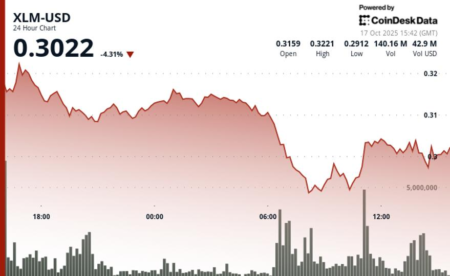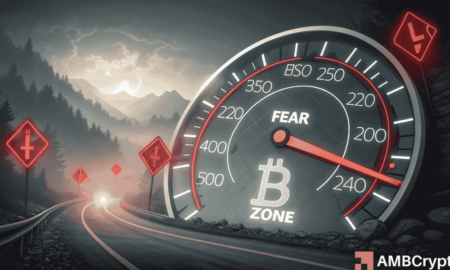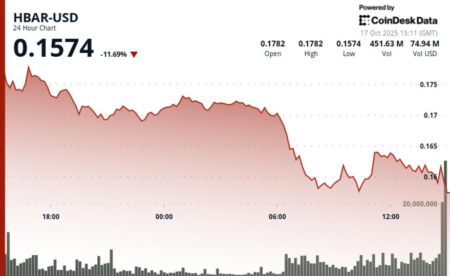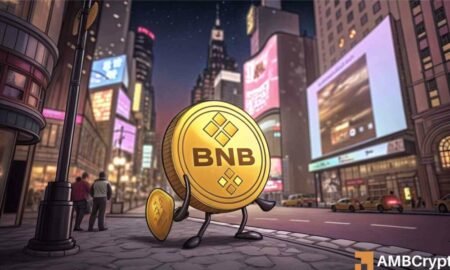Ethereum Developer Activity and Network Growth: A Comprehensive Analysis
Introduction
Ethereum [ETH] has solidified its status as a “legacy blockchain” while facing fierce competition from faster, more scalable platforms. The key to Ethereum’s resilience lies in its robust developer community. Recent statistics reveal a notable influx of developers—16,181 new additions in the first ten months of 2025—bringing the total to 31,869. This growth in developer activity raises an essential question: Is it translating to tangible network growth? Indeed, Ethereum’s Total Value Locked (TVL) has surged to an impressive $85 billion, holding a 56% share of the entire decentralized finance (DeFi) sector. This article explores the relationship between developer activity and network growth, the focus areas for developers in 2025, and the implications for Ethereum’s future.
Developer Activity and Historical Context
The substantial increase in developer activity is reminiscent of the significant growth seen in 2019–2020, a period that heralded the DeFi explosion. Ethereum onboarded over 300 new developers monthly during that time, resulting in a 67% rise in developers engaged in DeFi projects. This prelude to the launch of influential platforms like Uniswap set the stage for Ethereum’s unprecedented adoption. The contrast between those early days and today’s landscape is striking; as the developer influx has led to ETH’s TVL soaring from $700 million to $85 billion. Thus, the current spike in developer engagement suggests Ethereum might be positioned for another wave of adoption, closely paralleling its historical trajectory.
Current Network Achievements
As of 2025, Ethereum’s TVL has ballooned significantly, up by $20 billion since the start of the year. This remarkable growth underscores Ethereum’s continued pre-eminence in the DeFi landscape, where it dominates with a 56% market share. The increase in developers is not merely quantitative; it reflects a vibrant ecosystem eager to innovate and elevate the network’s functionality. By fostering a collaborative environment for developers, Ethereum is actively participating in the broader DeFi movement, which enhances its competitive edge as new technologies emerge.
Focus on Efficiency and Scaling
The emphasis on developer activity has shifted towards improving Ethereum’s scalability and efficiency, marking a pivotal moment for the ecosystem. Innovations such as Pico Prism are driving the network closer to handling 10,000 transactions per second and increasing the gas limit to 45 million, which allows for smoother transactions. Consequently, developers are now prioritizing enhancements to existing infrastructure rather than initiating the creation of entirely new protocols. This paradigm shift indicates a commitment to maximizing Ethereum’s operational capabilities, compelling higher levels of adoption.
Tokenization of Real-World Assets
A notable outcome of Ethereum’s scaling efforts is the remarkable 200% increase in the total value of tokenized real-world assets (RWAs), which now totals $12 billion in 2025. This growth illustrates that Ethereum is increasingly attracting institutional participation, as enterprises engage in asset tokenization. The strategic focus on optimizing network throughput demonstrates how development efforts correlate with enhanced market participation. As Ethereum’s infrastructure matures, the platform offers robust solutions for various asset tokenization needs, indicating a promising trajectory for broader adoption.
Conclusion
In summary, Ethereum’s developer activity is a critical driver of its network growth and evolving market position. The recent surge in developers suggests that Ethereum is not only surviving amid stiff competition, but is also poised for another meaningful cycle of adoption. With a growing TVL, improved scalability, and a focus on tokenization, Ethereum is solidifying its presence at the forefront of the DeFi landscape. As we look ahead, monitoring these development trends will be imperative for understanding Ethereum’s long-term viability and growth potential in an increasingly competitive blockchain environment.
